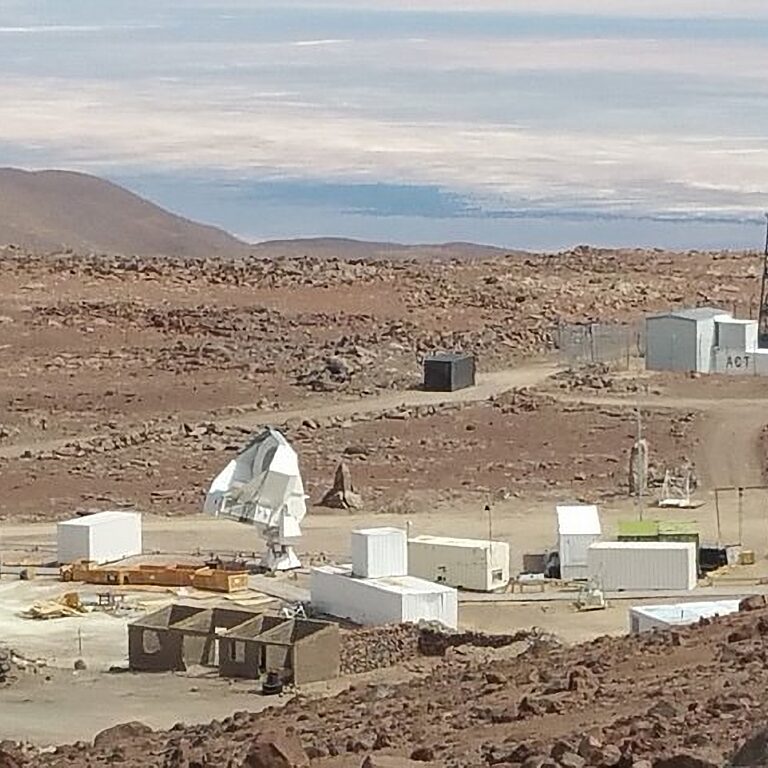Since 2002, Planetary Radio has visited with a scientist, engineer, project manager, advocate, or writer who provides a unique perspective on the quest for knowledge about our Solar System and beyond. The full show archive is available for free.
Search Planetary Radio
Leaders of the DAVINCI and VERITAS missions tell us what their spacecraft will reveal about the planet that is so much like Earth and yet so terribly different.
Host Mat Kaplan visits the James Webb Space Telescope in California to see the observatory before it launches and speak with project leaders.
The Pentagon has released its assessment of Unidentified Aerial Phenomena. Casey Dreier and science journalist Sarah Scoles talk about what’s behind the renewed interest in UFOs and Sarah’s book, They Are Already Here.
University of Glasgow chemist Lee Cronin believes he and his collaborators have found a way to recognize life as we know it and as we don’t know it.
Atmospheric scientist Mark Lemmon discusses the beautiful clouds on Mars imaged by NASA's Curiosity rover.
Planetary Society grants have enabled amateur astronomers to discover and track asteroids that cross Earth’s path. We’ll meet two of them.
A fascinating, wide-ranging conversation with Brian Keating, director of the Simons Observatory that will search for our cosmic origins from a mountaintop in Chile’s Atacama region.
The White House’s proposed 2022 NASA budget is almost entirely great news, as is the announcement that two complementary orbiters will explore Venus.
The Juno mission will continue its exploration of Jupiter till 2025, thanks to a four-year extension granted by NASA. Principal investigator Scott Bolton brings us up to date.
Astrophysicist Grant Tremblay describes how four proposed space telescopes could reveal our solar system and the universe as never before.
The leader of the Mars Helicopter test mission celebrates her team’s success and explores the daunting challenges they overcame.
Six planetary defense leaders report on progress toward protecting Earth from near-Earth objects.
NASA chose SpaceX’s Starship as the sole winner of its human lunar lander development contract in a move that may also take us closer to Mars.
The author of The Martian introduces us to his terrific new novel and shares his thoughts about the current state of space exploration.
Jim Gunn co-created and led the Sloan Digital Sky Survey that has revealed the universe as never before.
NASA’s Ingenuity Mars Helicopter makes a successful first flight on the Red Planet, while two researchers offer new insights on the first interstellar object discovered in our solar system.
Gerard K. O’Neill envisioned vast, magnificent human settlements in space. His followers, including Jeff Bezos, are working to turn his vision into reality.
Robert Crippen and John Young became the first humans to fly a space shuttle into orbit when Columbia launched on April 12, 1981.
It looks like former senator Bill Nelson will be NASA’s next administrator. Casey Dreier and Mat Kaplan talk about his nomination and other developments in Washington D.C., including The Planetary Society’s very successful Day of Action.
Exoplanet hunter and artist Natalia Guerrero of MIT reveals the discovery of many more possible new worlds by NASA’s Transiting Exoplanet Survey Satellite.


 Explore Worlds
Explore Worlds Find Life
Find Life Defend Earth
Defend Earth




















